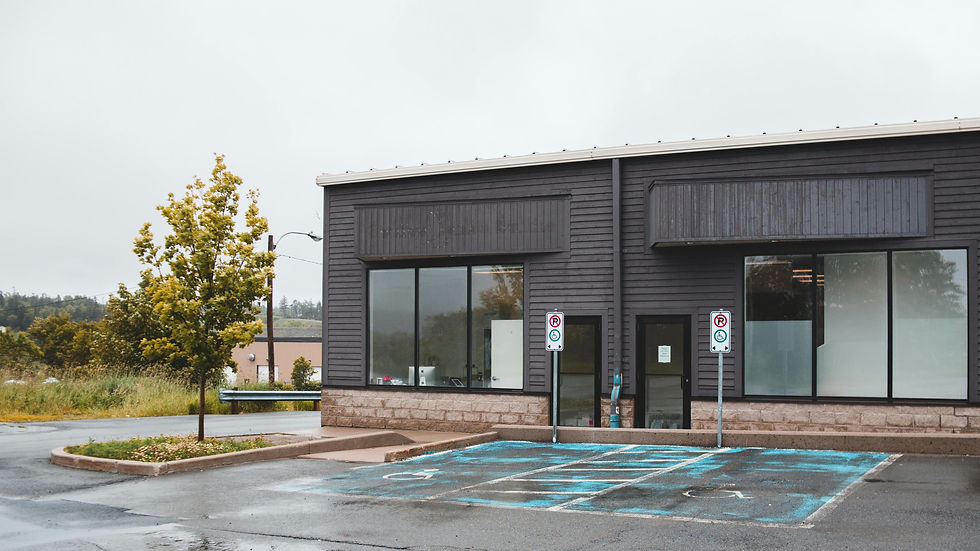The Depreciable Life of a Roof: What STR and LTR Owners Should Know
- Greg Pacioli

- Sep 1
- 3 min read
For real estate owners of rentals, a roof replacement is likely to come up as a property upgrade...
While the primary role of a roof is to protect the building and ensure tenant safety, it also carries important tax considerations.
Understanding the depreciable life of a roof before you begin renovations can help you plan more effectively, manage costs, and make informed decisions about whether to coordinate the project with a cost segregation study.

What Is the Depreciable Life of a Roof?
The IRS classifies a roof as a structural component of a building. This means it’s categorized under Section 1250 property and needs to be depreciated using the straight-line method over the same recovery period as the building itself:
Residential Property (STRs & LTRs): 27.5 years
Commercial property: 39 years
Unlike items such as appliances, flooring, or landscaping, a roof is not eligible for accelerated depreciation methods like bonus depreciation or Section 179 expensing.
What should I ask before getting roof replacement?
Before replacing a roof as an RE investor, consider these strategic questions:
Is Roof Repair an Option for Depreciation?
No. Roof repairs are generally treated as deductible expenses, not depreciable assets. Only a full or partial roof replacement is capitalized and depreciated over the depreciable life of a roof (27.5 years for residential, 39 years for commercial).
How Much Does a Roof Replacement Typically Cost?
A roof replacement typically costs $8,000–$25,000 for residential rentals and $40,000 or more for commercial properties, depending on size, materials, and labor. Since the IRS treats a roof as a structural component, the depreciable life of a roof is a long life asset.
Does Partial Roof Replacement Qualify for Depreciation?
When you replace only part of a roof (such as one slope, a section with storm damage, or certain layers) the IRS still views it as a capital improvement, not a repair. This means the cost must be capitalized and depreciated over the depreciable life of a roof.
Can a Roof Be Classified as Qualified Improvement Property (QIP)?
No. QIP rules only apply to interior, non-structural improvements made to commercial property. Because a roof is part of the external structure, it does not qualify.
What Other Improvements Accelerate Depreciation More Effectively?
Roofs are long-life assets, but HVAC systems, lighting, cabinetry, and site improvements can qualify for faster deductions.
If I'm Planning a Cost Seg Study Does a Roof Replacement Make Sense?
A roof replacement is usually not the best investment if your main goal is accelerated depreciation through a cost segregation study. Roofs are structural components and don’t qualify for bonus depreciation or Section 179 expensing. However, pairing a replacement with a cost seg study may still create tax benefits through a partial asset disposition deduction.
Roof Replacement & Cost Segregation Studies
A cost segregation study identifies assets that can be depreciated over shorter recovery periods. While the roof itself will always fall into the long-life category, its replacement can still create tax opportunities:
Partial Asset Disposition (PAD):
When you replace an old roof, the IRS allows you to “dispose” of the remaining tax basis of the old roof. This means you may be able to take a current deduction for the undepreciated balance.
Example: If the old roof cost $70,000, and you’ve only depreciated $30,000 so far, you might be able to deduct the remaining $40,000 in the year you replace it.
Cleaner Depreciation Baseline:
Replacing a roof before a cost segregation study ensures that the engineers have an accurate starting point for depreciation schedules.
Why the Depreciable Life of a Roof Matters
Knowing the depreciable life of a roof helps real estate investors plan both capital expenditures and tax strategy. While you won’t see an immediate depreciation benefit from a roof replacement, pairing the project with a cost segregation study can help deductions through partial asset disposition and help reset your depreciation schedule.
A roof replacement is often unavoidable when managing rental properties, but it’s also one of the longest-lived assets from a tax perspective.
By working with a qualified tax advisor, you can approach this necessary improvement with confidence, ensuring the project has the most benefit for your overall financial strategy.



Comments